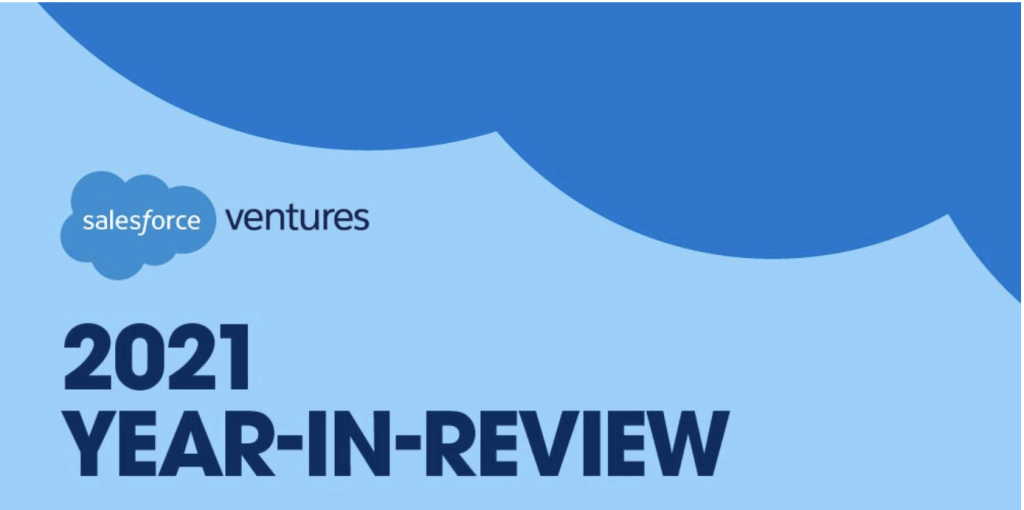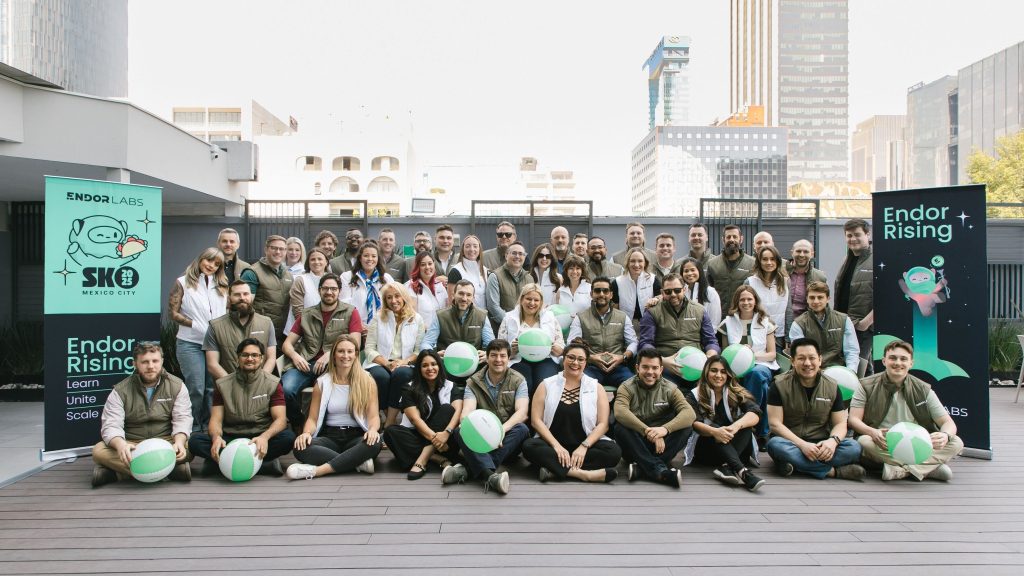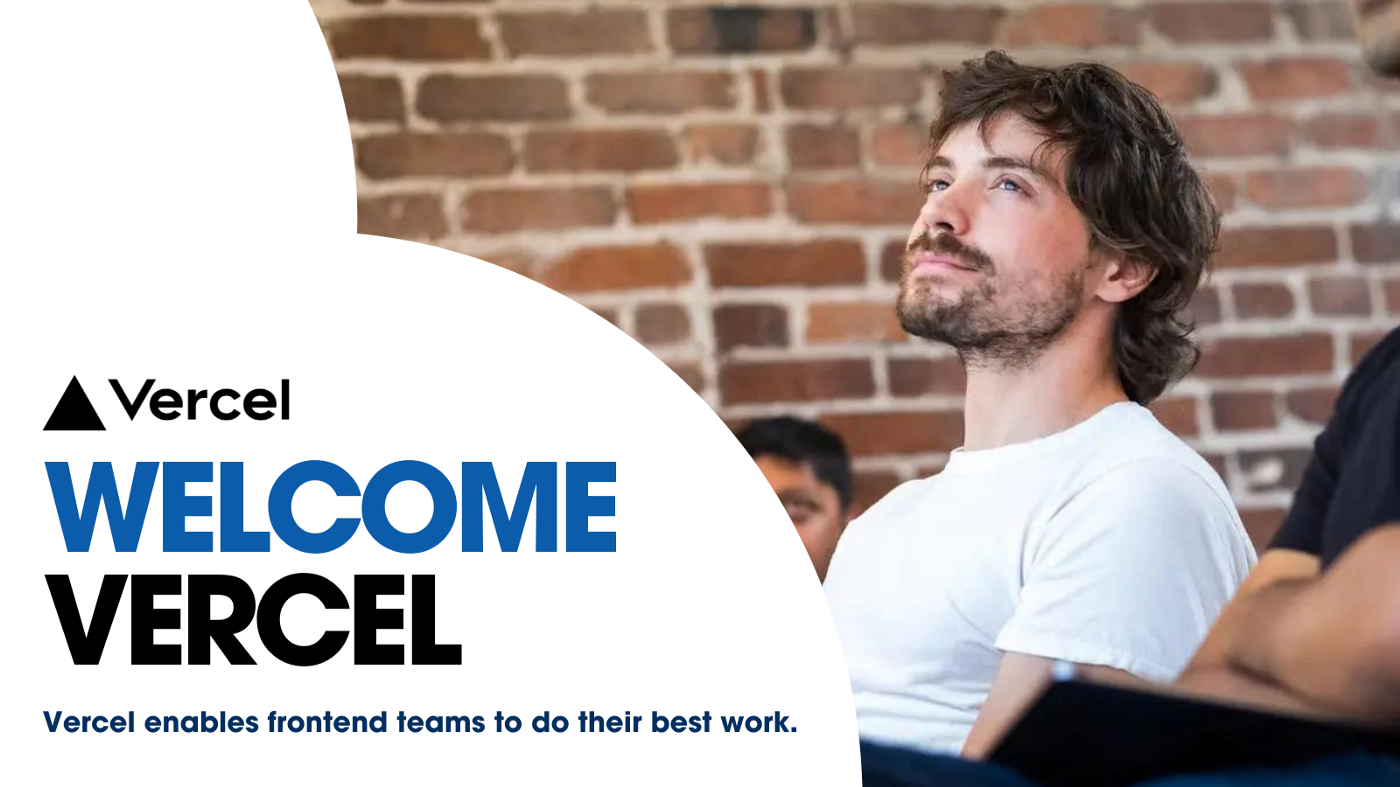When 2020 forced much of the world’s work, school, communication, and entertainment online, demand for skilled website developers kicked into high gear. Previously-IRL-only brands retooled their business models and crafted new websites, traffic at existing websites skyrocketed, and enterprises accelerated digital transformation to serve a suddenly more cloud-centric world.
Who did developers turn to to help them perform such feats? Vercel: a platform that makes it easier to design, preview, build, edit, roll out and maintain websites of all sizes. The company powers more than 90,000 active projects for more than 6,000 customers around the world, including Facebook, GitHub, Hulu, IBM, McDonald’s, Scale, and Uber.
At Salesforce Ventures, we are confident that the cloud-first movement is just beginning, and the recent growth in website development and usage will continue to accelerate. As front-end development tools continue to get easier to use, Vercel Founder and CEO, Guillermo Rauch, thinks this will open the door to more developers that are creative but perhaps less technical, breaking down barriers to creation.
We believe Vercel’s superior solution for front-end web developers will be a key enabler of the cultural and technological shift to the cloud. That is why we are joining Bedrock Capital in investing in Vercel’s $102M Series C round.
A better website = a better customer experience
Vercel is ruthlessly focused on improving every website’s mission-critical front end. “That’s where you meet your customer,” says Rauch.
The challenge? Modern websites are more than what they appear to be on the surface: They’re bogged down and slowed down by chat widgets, cookies, pop-ups, analytics, and code. You can either strip all that away and lose contact with, and insight about, your customer, or you can build your website in a way that allows you to do what you need to do while also optimizing speed. Vercel allows you to do both. “Focusing on the frontend is the most customer-obsessive way to build your products,” says Rauch.
Re-architecting web and application development
The best front-end developers are always looking to improve the user experience while improving flexibility and scalability for the website owner.
The latest approach is to use a JAMstack development architecture. This decouples the front end of a website (what the website visitor sees) from the back end (where the data lives). This makes it possible for developers to build customer-facing front ends using static pages with fixed content. This model makes websites cheaper to build, faster to load, and more secure while requiring very little maintenance.
Meanwhile, developers use APIs to connect with back-end services that can enhance and personalize pages. Vercel, which is built around its flagship platform Next.js, an open-source web-development framework, has become an emerging leader in the JAMstack category.
Our investment in Vercel demonstrates Salesforce Ventures’ ongoing commitment to developer and API-first companies, including Algolia, Auth0, and Contentful.
The future of website development is collaborative
Vercel’s Next.js integrates all of a company’s front-end tools and services into a single workflow, empowering developers to collaborate and test against real web pages. In one click developers can deploy to the Vercel global edge network and scale dynamically to millions of pages. With Vercel providing automated back-end development, customers see an increase in collaboration between developers and other teams, such as product and marketing.
Vercel and Next.js have gained strong momentum; since October 2020, Next.js open-source contributors have grown to more than 1,600, driving downloads on NPM from 4.1 million to 6.2 million. Traffic to all sites and apps on the Vercel edge network has doubled; weekly deploys have quadrupled, and the number of homepages among the 10,000 largest websites in the world using Next.js has grown by 50%.
Guillermo Rauch: An open-source creator and visionary with a track record of entrepreneurial success
Vercel Founder and CEO Guillermo Rauch’s vision and leadership have helped Vercel create a passionate and growing global developer community. Originally from Argentina, Rauch created several popular Node.JS open-source libraries, including socket.io, mongoose, and slackin, and he was a core developer of the MooTools front-end toolkit. He was also CTO and co-founder of LearnBoost and Cloudup (acquired by Automattic in 2013). His unique background of building both private and open-source companies places him at an advantage as he continues to build out Vercel around Next.js.
Rauch may be a gifted developer and experienced entrepreneur, but his obsession with improving the end-user experience is what truly sets him apart. As investors, we believe that focus will be a major driver of Vercel’s success; as consumers, we’re looking forward to enjoying the web a little bit more.
Please join us in welcoming Vercel to the Salesforce Ventures portfolio!








